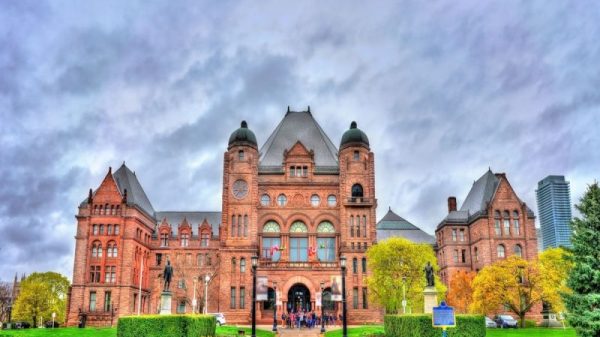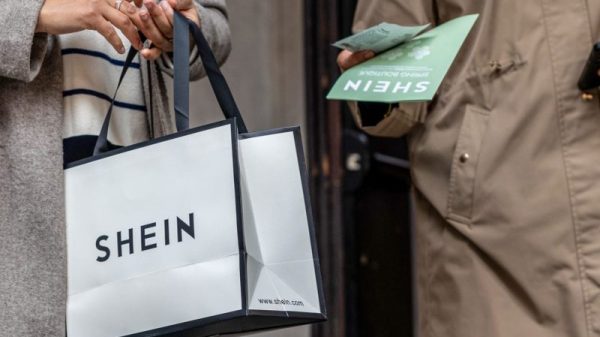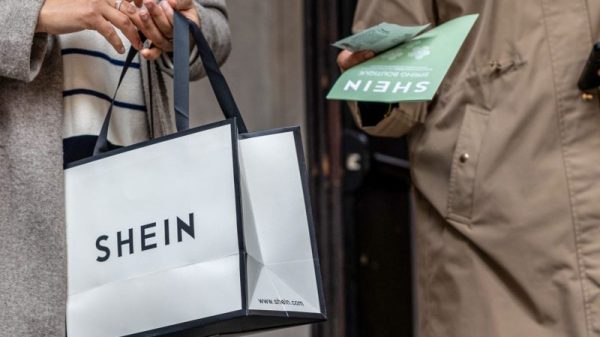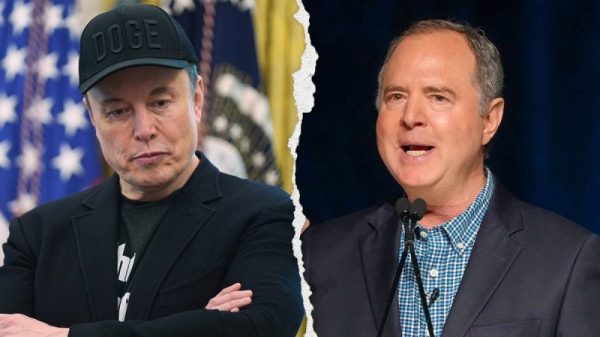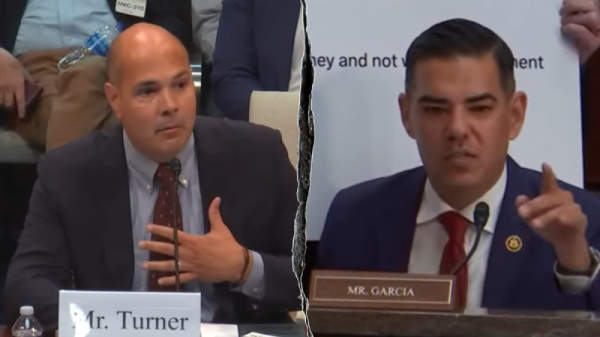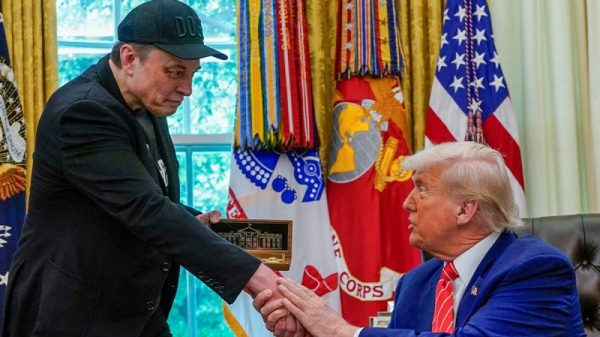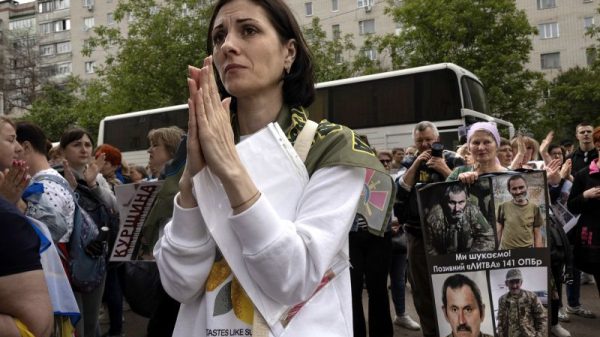There are few defenses from White people against allegations of racial insensitivity more notorious than “I have Black friends.”
There was perhaps a time when this was compelling, a demonstration of familiarity with Black culture and Black people that would effectively blunt such criticism. But it is easy to see why, particularly these days, it generally isn’t. “Friend” is a malleable term; it’s very easy (and probably common) for one person’s “friend” to be another person’s “acquaintance.” More to the point, the invocation has become, through overuse, a far more reliable indicator of myopia about Black culture than of familiarity with it.
We might consider this when evaluating former ambassador Nikki Haley’s defense of her past failure to identify slavery as the central cause of the Civil War when asked about that failure during a CNN town hall Thursday night.
“If you grow up in South Carolina,” she said, arguing that she simply assumed that slavery’s role was obvious, “literally in second and third grade, you learn about slavery. You grow up and you have — you know, I had Black friends growing up. It is a very talked-about thing.”
She made a similar comment later in the town hall, again noting her Black friends.
“It was not just slavery that was talked about,” Haley said. “It was more about racism that was talked about. It was more about, you know, we had friends, we had Black friends, we had White friends. But it was always a topic of conversation, even among our friends.”
You see how Haley deploys these friendships: She was necessarily intimately familiar with the subject because of them. (Speaking to the Des Moines Register on Friday, Haley described her invocation of those friendships as “a source of pride.”)
But let’s set that aside and consider a related question: How many people of all backgrounds have friends across racial lines?
This is harder to answer than it may seem. Pollsters don’t often ask specifically about the diversity of Americans’ social relationships, probably in part because the responses could be subject to the same sort of Bradley effect — overstatement of those relationships — that might give us pause when such friendships are invoked as a defense.
There is some polling about it, though. In 2013, for example, Reuters reported the results of a poll conducted by Ipsos.
“About 40 percent of white Americans and about 25 percent of non-white Americans are surrounded exclusively by friends of their own race,” Reuters’s Lindsay Dunsmuir wrote. This wasn’t uniform across the country, the poll found. While interracial friendships were more common on the West Coast, “the South has the lowest percentage of people with more than five acquaintances from races that don’t reflect their own.” Haley’s home state of South Carolina, as you are likely aware, is in the South.
This doesn’t quite answer our question (plus we’d ideally like polling that’s less than a decade old). So we can instead consider PRRI’s May 2022 assessment of the social bubbles in which Americans live. PRRI found that, overall, Americans reported that about two-thirds of their friendship networks were White, and that about 11 percent of those networks were Black. (The method of identifying these networks is explained in PRRI’s report but centers on respondents being asked about people with whom they discussed important issues.)
Those percentages also vary based on other factors. Black Americans are more likely to have more Black friends (with Black Americans identifying about 8 in 10 friends as Black). This pattern holds for other groups, too; most of the friendship networks of Asian/Pacific Islander Americans are made up of Asian/Pacific Islanders. Among White Americans, though, the percentage of same-race friends is higher, with 90 percent of White friendship networks being identified as White.
Non-White respondents were more likely to identify Whites as members of their friendship networks than Whites were to identify non-White friends, or than non-Whites were to identify members of other non-White groups in the aggregate. Among Hispanics, for example, 7 percent of friendship networks were Black, Asian or multiracial, compared with 26 percent White. This is certainly in large part because Whites make up the majority of the American population.
As with the Reuters research, PRRI found that White respondents were more likely to have friendship networks that were entirely White than other racial groups were to have friendship networks including only people from their own race.
PRRI also found that Republicans were more likely to have all-White friendship networks than were Democrats. Among all Republicans, their friendship networks were 83 percent White on average, compared with 53 percent among Democrats. Among White Democrats, friendship networks were 90 percent White on average.
Over time, the biennial General Social Survey (GSS) has tracked an increase in the percentage of Americans who report living in racially diverse neighborhoods (at least in terms of White-Black diversity). In 1980, a five-year average of GSS data showed that less than half of Americans reported living in a neighborhood with members of a different race. In 2022, the average was 8 in 10. From the outset, though, there’s been a gap between Democrats and Republicans, overlapping in part with the higher density of Democrats in more-populous and more-diverse cities.
For my 2023 book, “The Aftermath,” I analyzed Census Bureau data to find that Whites were more likely than other groups to live in census tracts (neighborhoods, in essence) that were at least 85 percent composed of members of their own race. In urban areas, about 10 percent of Whites lived in tracts that were 85 percent White. In rural areas, 60 percent of Whites did.
This is still not quite getting at the question posed by Haley’s remarks. How many Americans, who are not Black, have friends who are Black? Among non-Blacks, it seems, the best we can answer is: relatively few. Among Asian Americans (the group into which Haley falls, given her Indian heritage), only 2 percent of friendship networks were Black.
It’s worth noting another constraint on her comments: She mentioned having Black friends only when she was a kid.




